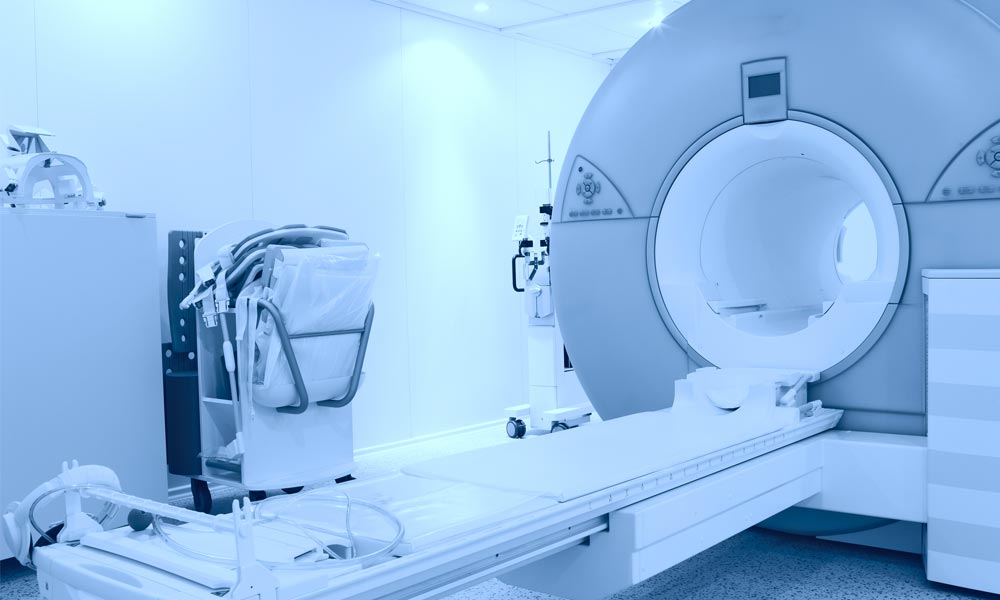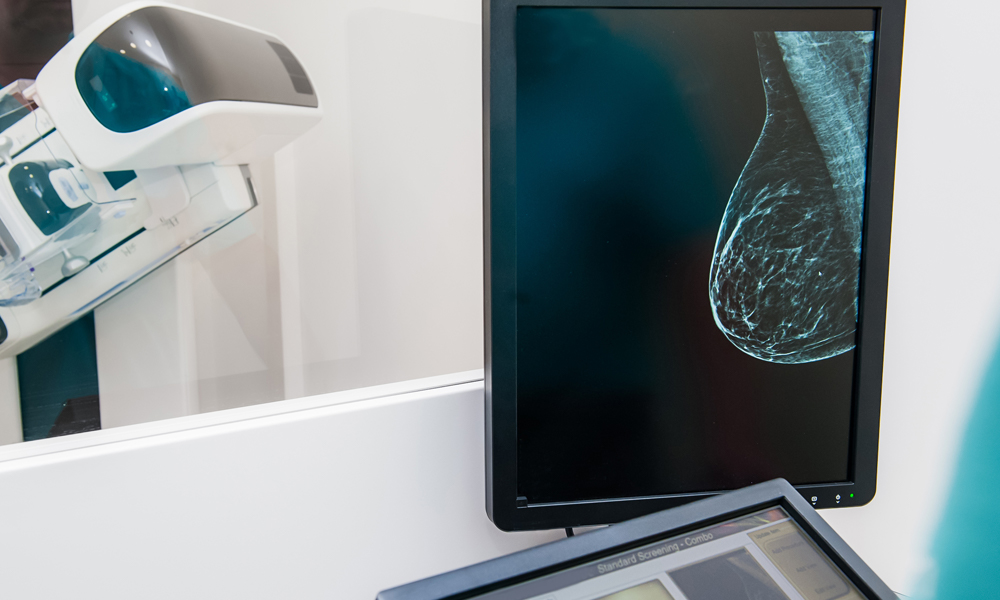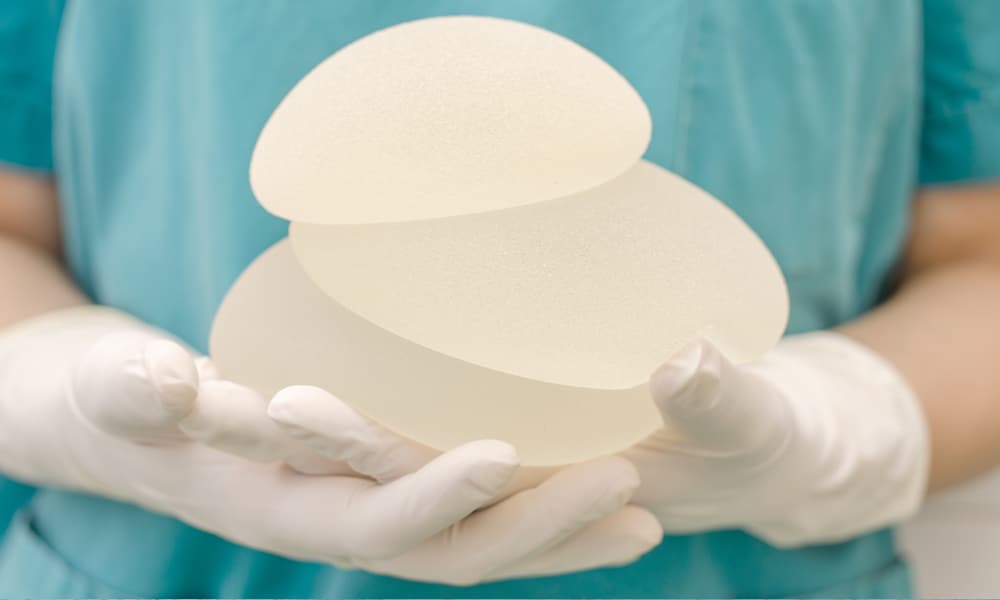What is MRI technology, how does it work, and under what circumstances should it be considered? Here are some quick facts on MRI.
 We’ve been working hard on this. Add your e-mail address and we will tell you as soon as it launches.
We’ve been working hard on this. Add your e-mail address and we will tell you as soon as it launches.
What is an MRI?
Magnetic Resonance Imaging (MRI) combines radio waves and a strong magnetic field (not radiation) to produce three dimensional images of the breast. A woman lies face-down on a table, with both breasts falling through an opening in the table (this allows more breast tissue to be seen than when lying face-up).
The table then moves the patient in and out of a tube which generates images of the breasts. Contrast dye (gadolinium) injected into a patient’s vein highlights abnormalities in the breast based on blood flow patterns. Abnormalities appear brighter than the background breast tissue and allow the radiologist to study these areas more closely. The exam takes about 45 minutes, and can be difficult for claustrophobic patients. Also, those with non-titanium metal in their bodies cannot have an MRI.
Get discounted Tier 2 tickets while they last. Watch the Summit via on-demand video from anywhere or attend in person at the breathtaking oceanfront Terranea Resort in Southern California.
Who should get an MRI?
There are many circumstances under which an MRI should be considered. For instance, newly diagnosed cancer patients should generally get an MRI to evaluate the extent of disease in the affected breast, as well as to check for cancer in the opposite breast. Also, known BRCA carriers and patients with a lifetime breast cancer risk exceeding 20% are often candidates for an MRI. Other reasons to get an MRI can include an abnormal mammogram or breast ultrasound with MRI recommended by a radiologist, a history of radiation to the chest before age 30, a suspicion of leaking silicone implants, or other indications determined by a physician.
Follow Power Up
Follow Power Up
Shouldn’t everyone get an MRI?
Screening MRIs, meant to evaluate healthy tissue for hidden cancers, are not currently recommended for normal risk women. Mammograms remain the gold standard for screening women at average risk for developing breast cancer.

















